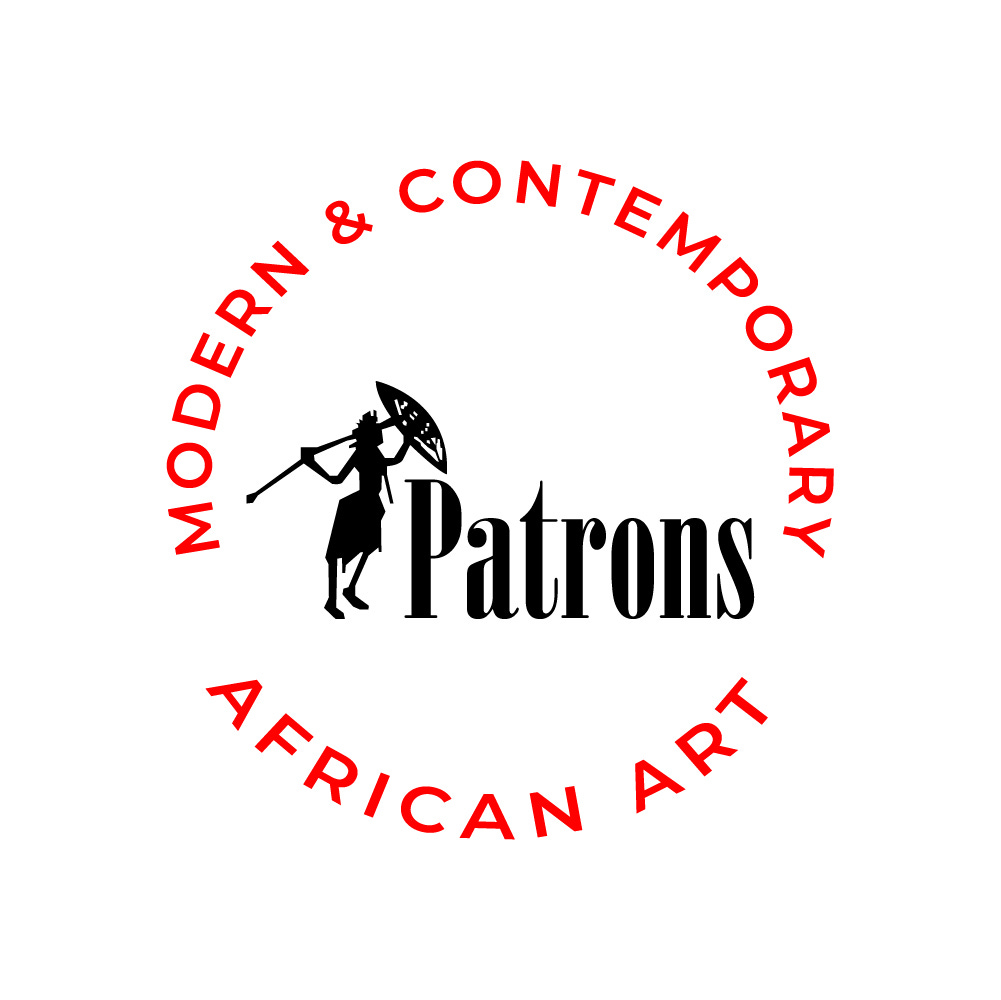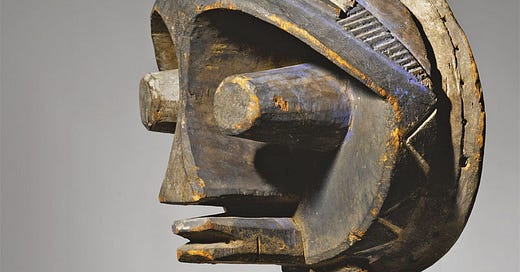Faith and Form: How Religion Shapes African Art

Have you ever looked at African art and felt something deeper? Something spiritual—beyond just colour or shape? That’s no coincidence.
In Africa, art isn’t just made to decorate. It is made to speak. It talks to spirits. It honours ancestors. It celebrates gods. Faith runs through the paint, the wood, the clay. Religion isn’t just an influence—it’s the foundation.
For centuries, artists across Africa have used their hands to give form to the divine. From carved masks used in sacred dances to sculptures that sit on shrines, art becomes a way to connect the seen and unseen. Whether through traditional beliefs, Islam, or Christianity, religion breathes life into creativity.
In this digest, we will journey through time. We will explore how spirituality shaped African artworks, old and new. We will visit rituals, look at sacred tools, and discover how faith still speaks through brush and chisel today.
Sacred Roots: Where Art Meets Spirit
Let’s start where it all began—traditional African beliefs. For many communities, art was never just “art.” It was a spiritual tool. Think of it like a phone line to the spirit world.
Take the Yoruba people, for example. They create masks and statues used in religious ceremonies. These objects aren’t made for galleries. They are made to carry meaning. Some pieces represent ancestors. Others call on Orishas—Yoruba deities—for guidance and protection. These aren’t just cultural symbols. They are sacred.

The Dogon people of Mali take it even further. Their wood carvings help connect the living with the dead. These pieces are carefully crafted, full of spiritual energy, and placed in shrines where families pray and give thanks. It's art with a purpose—and a soul.
Tools of the Divine: Ifa and Its Sacred Symbols
Now, if you have heard of Ifa divination, you will know that it is deeply tied to art. This Yoruba religious system uses carved trays called Opon Ifa, along with sacred palm nuts, to communicate with the divine.
These trays aren’t just beautiful. They are powerful. Each design has meaning. The priest, or Babalawo, uses them during rituals to read messages from the gods. These carvings are full of symbolism and serve as spiritual maps. It’s art in service of the sacred.
Remembering the Ancestors Through Form
In places like Benin and ancient Ife (in modern-day Nigeria), royalty was honoured through sculpture. You might have seen those stunning bronze or terracotta heads—they aren’t just portraits. They’re power pieces.
These heads were placed in royal altars to keep ancestors close. They remind communities where they come from. And they send a clear message: history matters. Through clay and metal, rulers became timeless.
Masks and Movement: Art That Dances
One of the most striking forms of African religious art is the mask. But these masks don’t just hang on walls—they come to life.
During masquerade ceremonies, dancers wear masks to embody spirits. The Ijo (Ijaw) people in the Niger Delta, for example, create water-spirit masks. These are used during festivals to please river spirits and bring blessings. When the mask moves, the spirit speaks. It’s art, faith, and performance rolled into one magical moment.
When New Faiths Arrived: Christianity and Islam Join the Canvas
As Islam and Christianity spread through Africa, they didn’t erase local art traditions. Instead, something beautiful happened—fusion.
Ethiopian churches are a great example. They feature stunning murals of saints, angels, and crosses. But the style? Purely African. Bold lines, bright colours, and local flair. Even mosque designs in West Africa blend traditional adobe structures with Islamic patterns. Faith adapted—and so did the art.
Modern churches in Nigeria and Kenya often use local artists to tell Bible stories in murals that feel vibrant and alive. These works still reflect local identities while honouring new spiritual paths.
Modern Artists, Ancient Faith
Fast forward to today, faith is still a driving force for many African artists. El Anatsui, one of the continent’s most celebrated sculptors, creates shimmering wall pieces from bottle caps. They may not look religious at first, but they explore spiritual themes like transformation and memory.
In Tanzania and Mozambique, Makonde artists carve “Shetani” masks—wild, fantastical figures inspired by spirit beings. They’re rooted in mythology and mystery. These modern works show that religion and art are still very much in conversation.
African art doesn’t just please the eye—it feeds the soul. For generations, artists have used faith as a compass. Whether calling on ancestors, honouring new gods, or blending beliefs, religion continues to guide the hand that carves, paints, and moulds.
So next time you see an African mask, a sculpture, or a mural, look closer. Behind the colours and shapes, you might just see a prayer.





